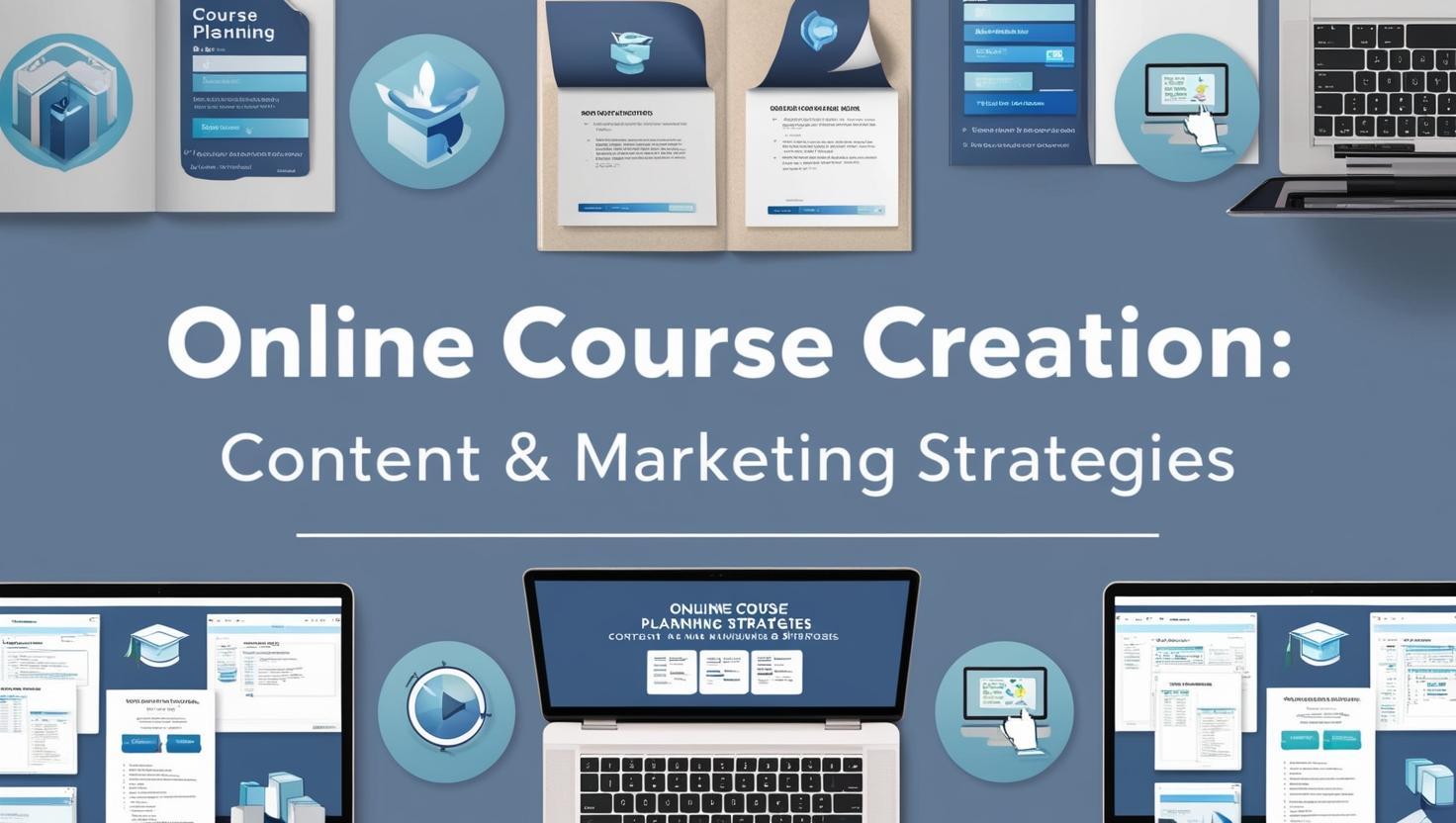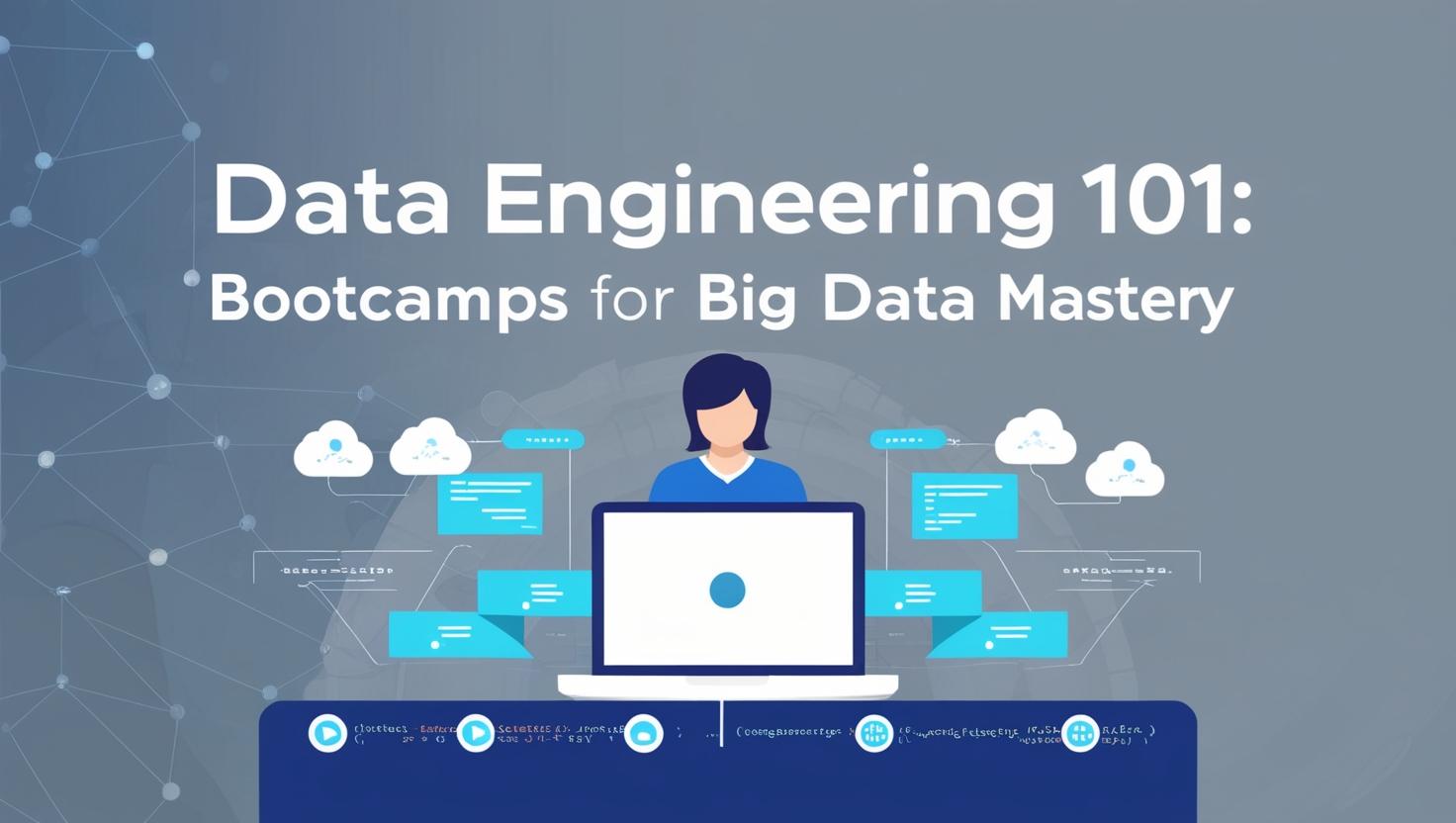Introduction
With the e-learning market projected to reach $457.8 billion by 2026 (Research and Markets, 2023), online course creation has become a cornerstone of the digital economy. Whether you’re a seasoned educator or a niche expert, this guide delivers actionable strategies to design, market, and monetize high-quality courses that stand out in a crowded marketplace.
Course Design Essentials
Crafting Engaging Content
Engagement starts with value-driven content:
- Multimedia integration: Courses with video, quizzes, and interactive PDFs see 60% higher completion rates (Thinkific, 2023).
- Real-world examples: Include case studies (e.g., a marketing course using HubSpot campaigns).
- Microlearning: Break lessons into 10-15 minute chunks to combat learner fatigue.
Pro Tip: Use Canva for visually appealing slides or Loom for bite-sized video tutorials.
Structuring Your Course
Organize content for maximum impact:
- Foundations → Advanced: Start with basics before diving into complex topics.
- Modular design: Let students choose learning paths (e.g., “Beginner SEO” vs. “Advanced Analytics”).
- Assessment loops: Add quizzes after each module to reinforce retention.
Example: Coursera’s “Google Data Analytics” course uses milestone projects to build practical skills.
Choosing the Right Platform
Your platform impacts reach, revenue, and scalability:
| Platform | Best For | Avg. Fees | Audience Reach |
|---|---|---|---|
| Teachable | Custom-branded courses | 5% + $0.30/sale | Built-in marketing tools |
| Udemy | Massive audience | 50% commission | 57M+ students |
| Kajabi | All-in-one solution | $119+/month | Email marketing suite |
Key Factors:
- Pricing: Udemy takes higher fees but offers exposure.
- Customization: Teachable/Kajabi let you own student data.
- SEO: Platforms like Podia offer SEO-friendly landing pages.
Audience Engagement and Marketing
Strategies for Student Engagement
Retain learners with community and interaction:
- Gamification: Award badges for completed modules (e.g., TalentLMS).
- Live Q&A sessions: Host Zoom workshops to address doubts.
- Feedback loops: Use Typeform surveys to refine content.
Stat: Courses with active discussion forums see 45% lower dropout rates (Course Report, 2023).
Marketing Your Course
Turn interest into enrollments:
- SEO: Optimize landing pages with keywords like “online course marketing” using SurferSEO.
- Social Proof: Share testimonials and success stories (e.g., “Student X landed a promotion”).
- Partnerships: Collaborate with influencers for affiliate promotions.
Case Study: Pat Flynn’s “Smart Passive Income” course earned $200k+ via YouTube teasers and email nurturing.
Monetization Strategies for Online Courses
Maximize revenue with these models:
- Tiered pricing: Offer Basic ($99), Premium ($199), and VIP ($499) packages with bonuses like 1:1 coaching.
- Subscription access: Charge monthly for updated content (e.g., Skillshare).
- Affiliate programs: Pay partners 20-30% commission for referrals via PartnerStack.
Stat: Courses priced between $50-$200 generate 72% of all revenue (Thinkific, 2023).
Conclusion
Online course creation is your gateway to scalable income and thought leadership. By prioritizing engaging content, strategic marketing, and smart monetization, you’ll transform expertise into impact. Start small—design one module, launch a pilot, and iterate based on feedback.
FAQ
Q: What’s the best platform for beginners?
A: Teachable for ease of use; Udemy for built-in traffic.
Q: How long does it take to create a course?
A: 30-90 days, depending on content depth. Start with an MVP (Minimum Viable Product).
Q: Can I market a course for free?
A: Yes! Use LinkedIn posts, YouTube shorts, and email lists.
Sources Links:


















